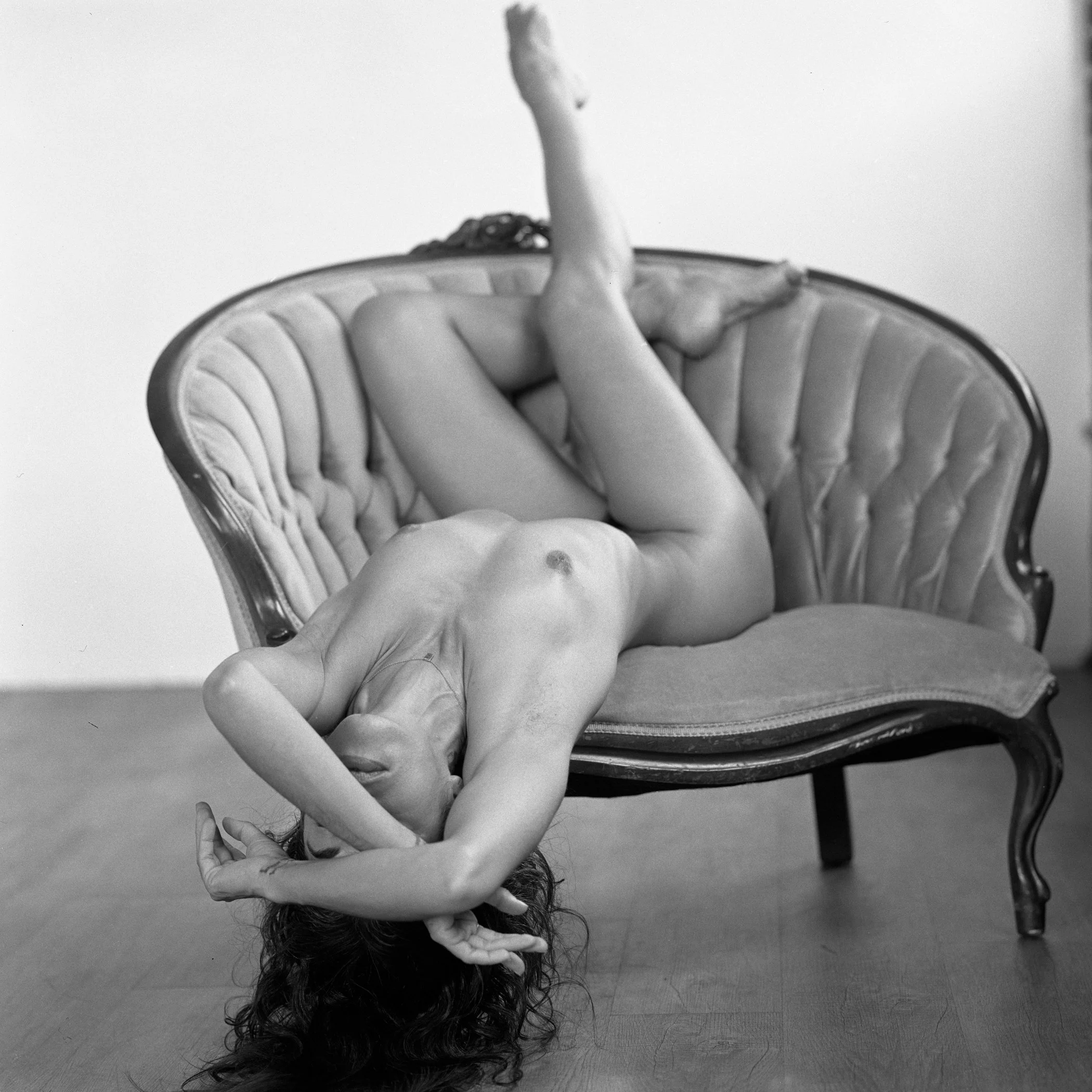
Getting Back To 4x5 Large Format Film
I’ve resolved to start treating 4×5 large format film more seriously than I have in the past. Forcing myself to slow down and think a lot less about quantity in my work is a very healthy frame of mind to move toward.

Fujifilm Neopan Acros II: Two In The Studio
Two images in the studio made with Fuji Acros II medium format black and white film. I absolutely love Fuji Acros and don’t work with it often enough!

Final Images Of 2024
My last photo session of the year 2024 was a productive one. I rented a studio in downtown Portland and decided to keep things simple. A Hasselblad camera and natural light. What more does a photographer need?